Blog
What you need to know about physiotherapy and podiatry.



Written by Farha Nisha, Senior Partner & Principal Musculoskeletal Physiotherapist at Women & Children Centre
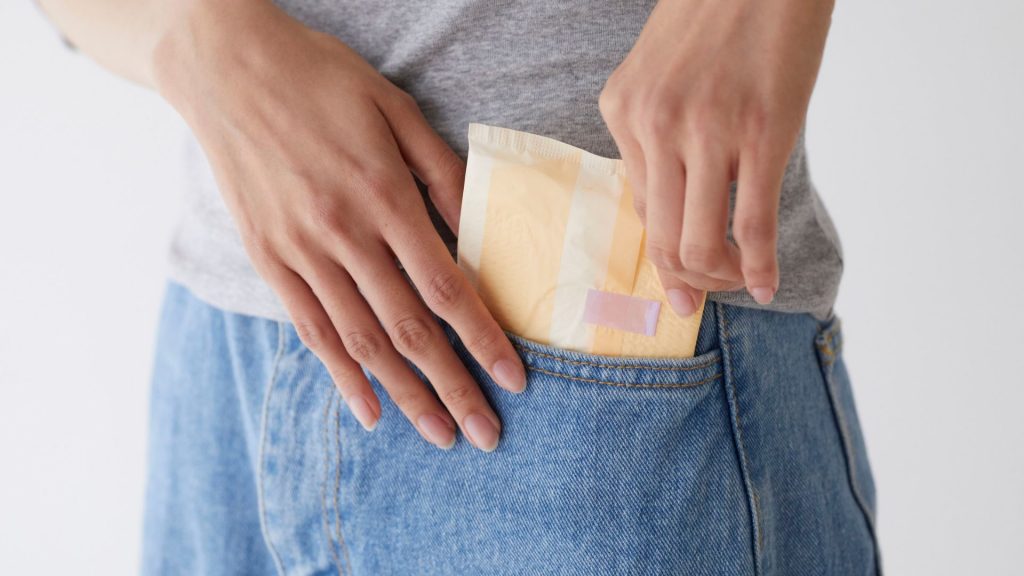
Over the years, I’ve met many patients who start our sessions with a quiet laugh and a confession:
“It’s just a few drops when I cough.”
“I wear a pad when I run errands, just to be safe.”
“I thought this was normal after childbirth.”
What they’re describing is urinary incontinence, the unintentional leakage of urine. It’s far more common than most people realise, and it can happen to both men and women at different stages of life.
In Singapore, I often see it in active adults who are otherwise healthy. Some developed symptoms after pregnancy, others after prostate surgery, and a few simply noticed changes as they aged. Many tell me they hesitated to seek help because they felt embarrassed or assumed nothing could be done.The truth is, it’s treatable, and in most cases, without surgery or medication.

Urinary incontinence isn’t one single problem. It’s a group of conditions that cause bladder control issues. Here are the types I commonly see in the clinic:
Each type has a different cause, which is why accurate assessment is so important.

Most people think of incontinence as just a minor inconvenience. But over time, it affects far more than just the bladder.
Patients tell me they’ve stopped running, dancing, or even taking long walks because they’re afraid of leaking. Some avoid social gatherings or travel. Others quietly wear pads every day and hope no one notices.
This loss of confidence can be gradual but significant. Physically, the less you move, the weaker your muscles become, and that includes your pelvic floor. Emotionally, it can lead to embarrassment and isolation.
Left untreated, urinary incontinence can also cause skin irritation, recurring urinary tract infections, and sleep disturbances.That’s why I always tell my patients: you don’t need to wait until it becomes serious. Early treatment makes recovery much faster.

In many cases, yes, especially when addressed early. Physiotherapy is one of the most effective, evidence-based ways to treat urinary incontinence, and it’s supported by international research and local clinical results.
Even if a complete “cure” isn’t possible, physiotherapy can drastically reduce leaks, restore bladder control, and give you back your freedom to move and live confidently.
Physiotherapy plays a vital role in both treating and preventing urinary incontinence. The main focus is on restoring muscle strength, improving bladder control, and retraining body coordination, all without medication or surgery.
1. Pelvic Floor Muscle Training (PFMT)
This is the cornerstone of urine incontinence treatment. The pelvic floor muscles support the bladder, bowel, and uterus (in women). When these muscles weaken, leakage happens during coughing, sneezing, or exercise.
Physiotherapists help patients identify and correctly contract these muscles, something most people struggle to do on their own. Using tools like real-time ultrasound and biofeedback sensors, patients can visually see which muscles are activating, ensuring proper engagement and faster progress. Over time, regular practice helps strengthen the muscles, reduce leaks, and improve overall control.
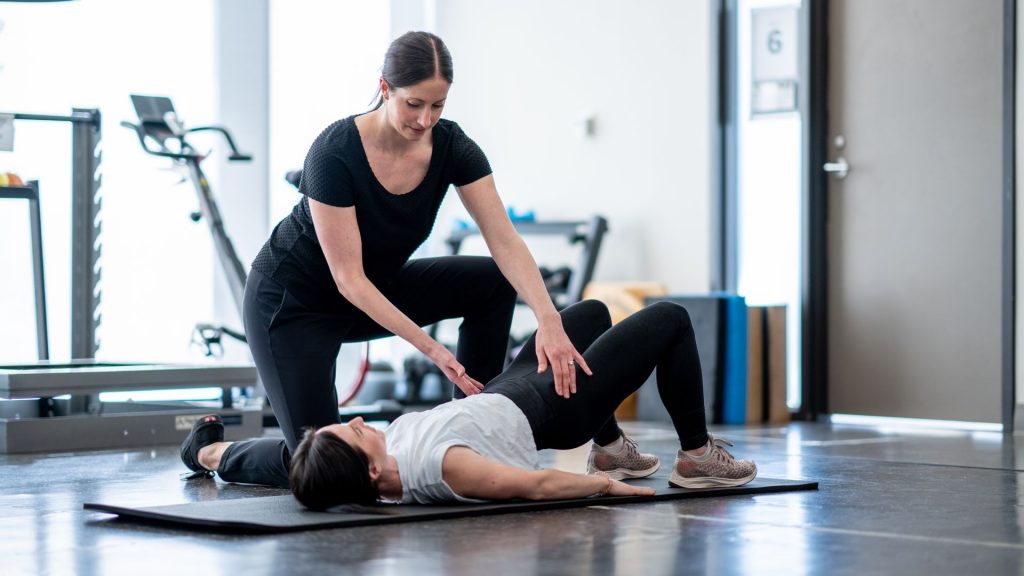
2. Bladder Retraining
Many patients experience a sudden urge to urinate even when the bladder isn’t full. Physiotherapists use bladder retraining techniques to help the brain regain control over bladder signals. This involves setting a voiding schedule, delaying urination gradually, and learning urge suppression techniques (like breathing control and gentle pelvic contractions) to prevent leaks.
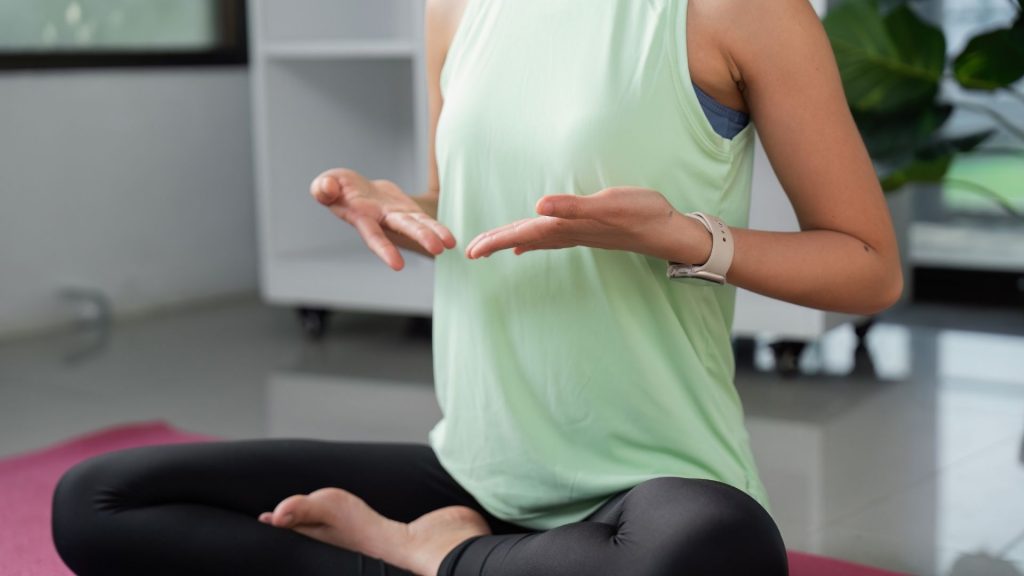
3. Core and Postural Rehabilitation
The pelvic floor doesn’t work in isolation; it’s part of your core system. Physiotherapists teach exercises that strengthen the transverse abdominis and diaphragm, improving pelvic stability and coordination. This holistic approach reduces strain on the bladder and helps maintain better posture during movement, preventing recurrence.

4. Lifestyle Coaching and Habit Re-education
Many habits unknowingly worsen bladder control, such as over-hydration, caffeine intake, or “just in case” urination. Physiotherapists educate patients on optimal fluid management, dietary triggers, and bowel health to reduce bladder pressure. For older adults or post-surgical patients, advice on movement safety and balance is also integrated
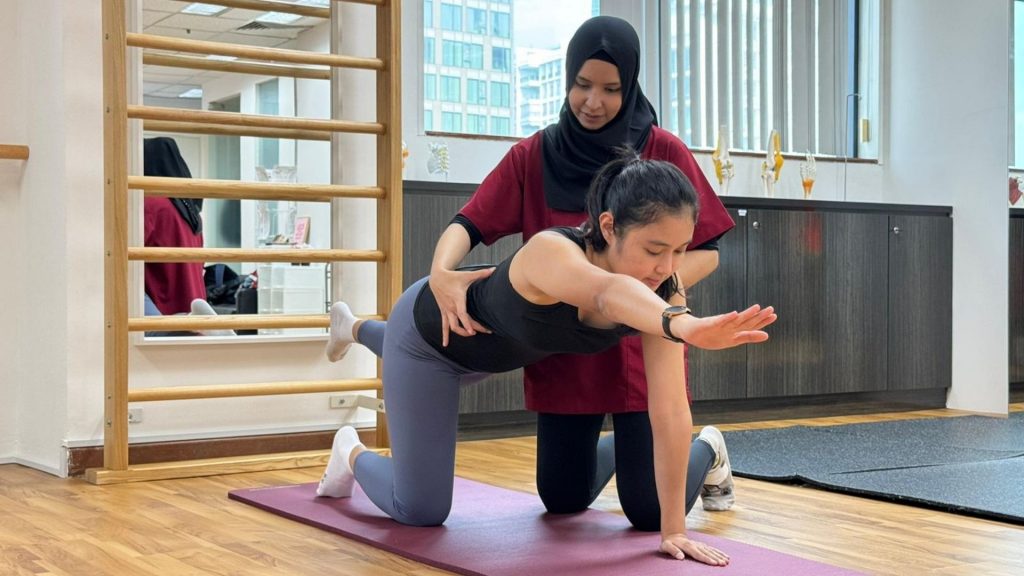
5. Tailored Recovery for Specific Causes
Each patient’s incontinence pattern is unique. For women post-childbirth, physiotherapy targets the recovery of muscles stretched during delivery. For men after prostate surgery, it focus is on regaining sphincter control. For active adults, programs may include return-to-exercise guidance to prevent strain while rebuilding confidence.
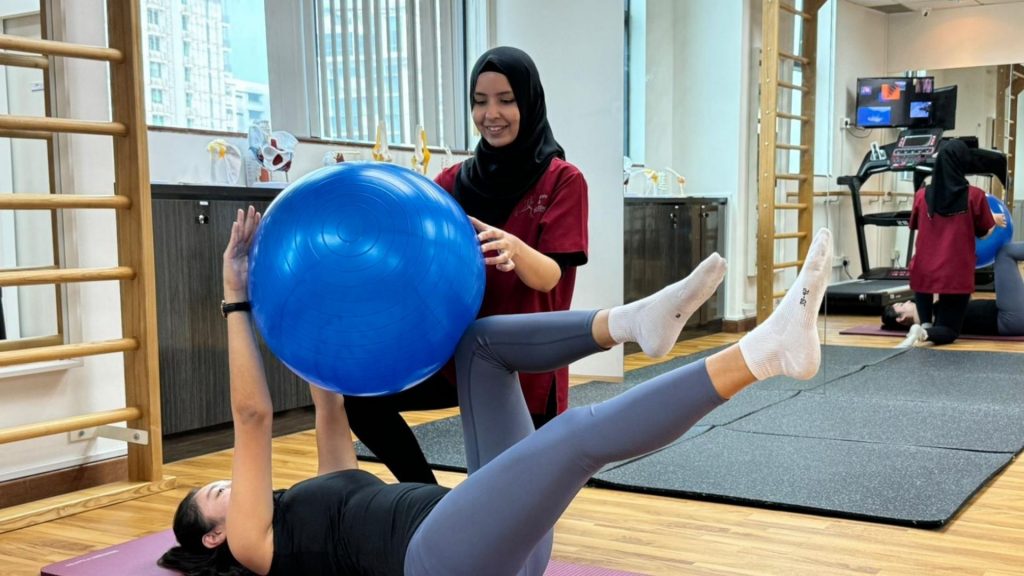
This varies, but most of my patients notice improvement after six to eight weeks of consistent physiotherapy. With continued practice, many experience near-complete control within three to six months.
Like any muscle, the pelvic floor responds best to regular, targeted exercise. The earlier you start, the easier it is to regain strength.
If you leak more than once a week, wake up several times a night to urinate, or avoid physical activities because of fear of leaks, it’s time to get checked.
You don’t need a referral to see a physiotherapist for incontinence in Singapore. At our Women & Children Centre, we see both women and men and create personalised plans suited to their goals and lifestyles.
Ignoring incontinence rarely makes it go away. Over time, the muscles weaken further, the bladder becomes less responsive, and symptoms worsen. Untreated leakage can also increase the risk of infection, skin problems, and falls, especially in older adults rushing to the toilet at night.
Beyond the physical effects, it can quietly chip away at your confidence and independence.

Regardless of which group you belong to, the goal is always the same: to restore control, confidence, and comfort.

Pads can help manage symptoms, but they don’t address the cause. Physiotherapy works by rebuilding your muscle control and retraining your bladder to respond normally again.When patients return to tell me they can laugh, travel, or play with their kids without fear, that’s when I know they’ve truly regained not just control, but confidence.
Urinary incontinence is common, but it’s not something you have to live with. With proper assessment and guided treatment, it can be managed effectively and, in many cases, completely resolved.
If you’ve been struggling in silence, this is your sign to take action. Let’s work together to strengthen your pelvic floor, restore your confidence, and help you move freely again.
Book an appointment with us today at the Women & Children Centre.
Your journey to living leak-free can start with one conversation.
Phone: 9126 8257
Fax: 6281 1209
Email: contact@physioandsole.com
Whatsapp a Podiatrist: 91754929
Whatsapp a Physiotherapist: 98997967